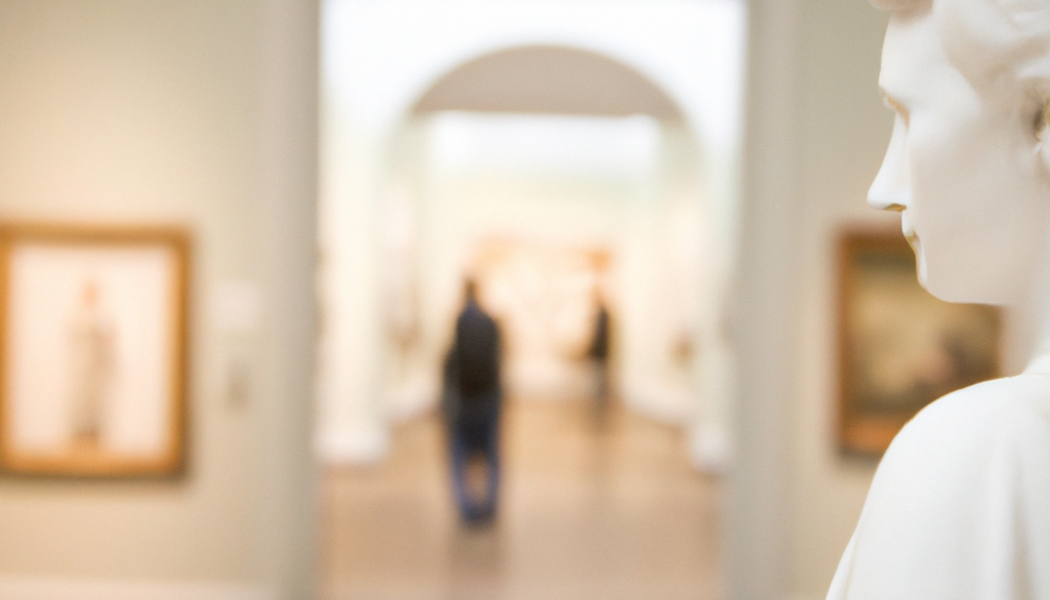New research into museum admissions pricing and strategy has been published today by the Association of Independent Museums (AIM).
An in-depth research report and accompanying Success Guide have been created in partnership with Arts Council England, Museums Galleries Scotland, the Welsh Government, the National Museum Directors’ Council, and Art Fund.
Majority of museums now charge for general admissions
Data was collected from museums between February and March 2023 on admission prices, which finds the median price for an adult ticket for general admission is £7.60.
The new research builds on a similar research project which AIM published in 2016, which reported that an average price for an adult ticket for general admission was just under £6.
Compared to those of 2016, the report also suggests a higher proportion of museums now charge for general admissions. Today, 51% of responding museums said they charge admission, compared to 42% in 2016.
There has been a 7% decrease in museums that do not charge at all, it reports.
Of those which already charge, it reports “many” museums have raised prices with “little negative impact”, and in fact some found that they had been underpriced “for quite some time”.
For example, Brooklands Museum, which “in the past… had lost a significant level of potential income by being priced too low”, having since “raised their prices consistently and significantly over the past five years with no negative effects.”
Where prices have increased, the report says that decreases in visitor numbers as a result can predominantly be explained by a fall in “fleeting visits”, and that “mass outcry is rare”.
Museums that have made the move from free to charging say the most positive impact of the move has been a rise in total admissions income, followed by number of visitors and dwell time of visitors, the report says.
Guidance from AIM
Specific lessons for those that charge for admissions
• Be confident in making decisions about pricing, do not undersell. What does, or could, your visitor surveys tell you about the value of your offer?
• Most museums that increased admissions prices reported little audience negativities over this, nor much difference in visitor numbers, and little evidence of price elasticity.
• Previous research has found on-site secondary spend typically appears not to be affected by changes in price.
• It is helpful to introduce / align any planned significant price increases when introducing significant new developments.
Specific lessons for those that do not charge for admissions
• Charging is not the only method of generating
income from visitors.
• If donations are an important part of a museum’s
pricing strategy, it is vital to be clear and
coordinated.
• This includes communicating expectations
concerning Pay What You Like, the location of donation points in the museum, and making it easy (if not easier) to make a cashless donation.
Taken from AIM’s Research into admissions pricing policy in museums and its impact: Success Guide
Moving to free admission
Of the minority that have moved from paid admission to free admission is Kirklees Museums & Galleries, which removed the fee for admission to Oakwell Hall.
Its free admission was first instituted as a result of the pandemic “to encourage visitors to return and to provide local people with free access to the Hall”. Kirklees Museums & Galleries report that the move has impacted “very positively on overall visitor numbers” which have trebled in from its pre-pandemic figures. It also reports an increase in the diversity of visitors, the number of local visitors, and the feedback from the local community.
An expected fall in admissions income as a result of the move is hoped to be offset through donations, which the report said have “notably increased already”.
The Heritage Centre Bellingham has also moved from charging for admission to free admissions, instead asking visitors to ‘pay what you feel’.
The report says it has taken “more in donations during the trial period than they did with the previous charging for admissions strategy” and noting that “those with disposable incomes give more in donations than they were being asked to pay in an admission charge (including those that may have benefitted from a concession ticket under the charging model).”
Geographical differences
The report also highlights geographical differences in the median adult price of admission. In both England and Scotland it is £8, while for museums in Wales it was £6.50.
Museums in the North of England report a lower average adult price than museums in the Midlands or the South for adults, at £7 compared to £8.80 and £8 respectively, and concessions at £5 compared to £6.88 and £7 respectively.
AIM Director Lisa Ollerhead said of the research: “The research emphasis on how pricing should align with an institution’s values, as well as its business planning, is welcome.
“It’s also testament to the sector’s agility to see that even in the midst of the challenge of the pandemic, quick, adaptive decisions regarding pricing were possible.”
The full report is available to read here, as well as an executive summary of the findings, and its Success Guide.
The authors of the report will be presenting the findings in a dedicated webinar 11am on 14 December.










